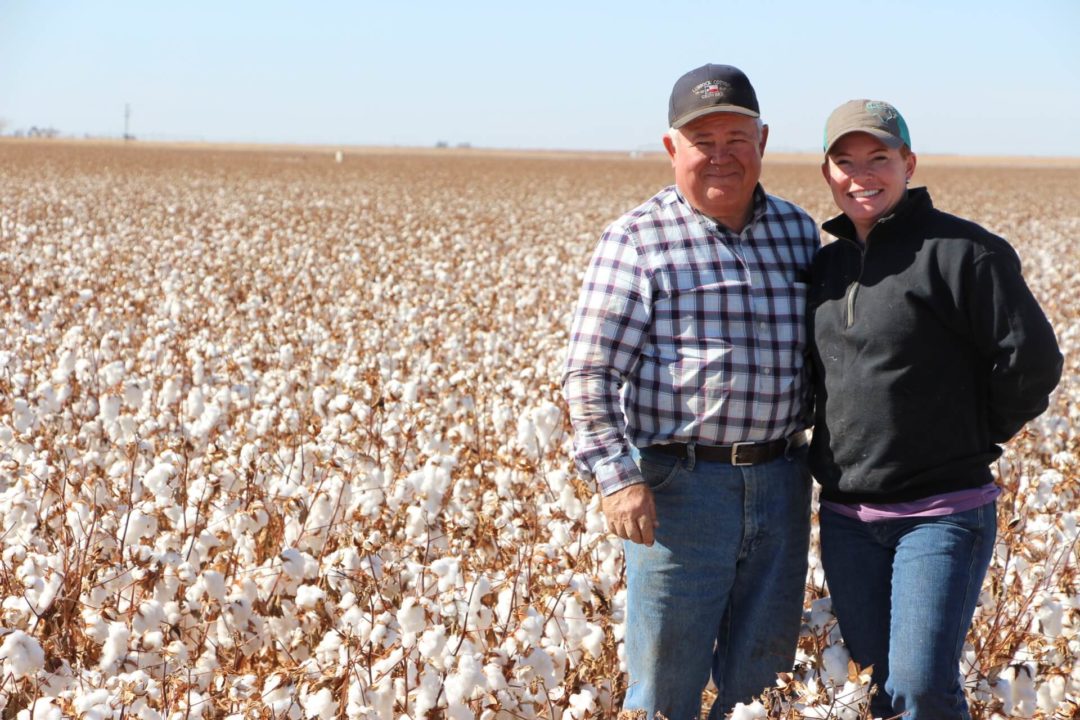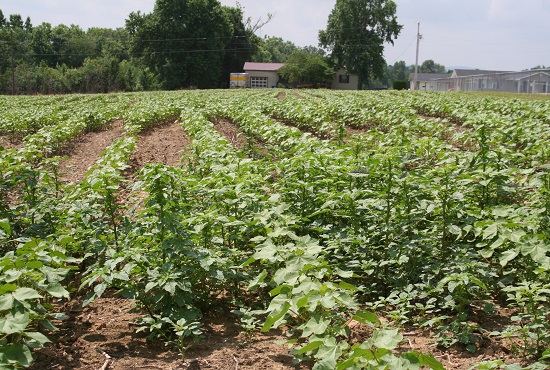Seizing Opportunities
As with all disasters, a recovery eventually takes place. Sometimes the recovery is slow; sometimes it is fast. But life is never the same thereafter. In the theory of evolution, each disaster that strikes a species can cause a considerable setback or even extinction, but through evolution, new species become stronger and better prepared than previous generations.
And so it will be with the Cotton Tsunami of 2008. Business will never be the same after the New York Futures debacle that happened in March of that year. The financial crisis forced speculators out of the market and the collapse of consumer spending hit the textile industry hard, allowing cotton prices to slide to historical lows in terms of real value.
So though the Cotton Tsunami was very painful for nearly everybody in the industry, be they grower or trader or spinner, now is the moment to grasp the opportunities and the potential for a new generation of growth.
The Survivors
Many within the industry have thrown in the towel and abandoned growing, trading or spinning cotton altogether. The survivors, however, must be prepared to grow from adversity. Brazilian cotton producers, under the leadership of ABRAPA, are dedicating all of their efforts to reduce the cost of production by reducing the plants’ life cycle. This allows them to economize their use of application-expensive agrochemicals and fertilizers, which, in turn, will also directly improve the sustainability of cotton and lower labor costs.
The cost of energy is being reduced by transforming soya and cotton production into bio-diesel with joint investments. And, finally, we are increasingly forming cooperatives to reduce overall costs and improve purchasing and selling power. This is taking place in Brazil so that we can remain a dynamic force in the cotton world, prepared to meet the next tsunami when it comes.
For the cotton traders, they will have to increase their level of client service. This means going further downstream and being involved in the production and financing of cotton growing and being involved in ginning, all with the objective of adding value to their business. Likewise, traders must improve their service to their customers — not simply selling cotton, but understanding the real needs and problems of their clients. Traders must act more as partners than mere suppliers of raw material. This will reduce the default risk.
Some traders may believe they are already doing this, but in the aftermath of the Cotton Tsunami, the competition is changing. Cooperatives and farmer organizations are taking their place at the table, thereby forcing service to be the principal objective of trading.
Ecological Benefits of Cotton
The textile industry in Brazil and overseas will also have to do its homework and realize that divided they fall and only united can growth be ensured. Cotton has an enormous potential, provided the raw material is correctly produced and marketed. By “correctly produced and marketed,” I mean two specific actions. First, we must work towards environmentally friendly industrial processes and market the production as such with emphasis on the ecological benefits of cotton as a raw material (rather than using gimmicks such as “organic cotton” or “fair trade,” which have no real meaning other than an attempt to trap the consumer). Second, we must stand up to the retailers who exploit the unnecessary competition between industries and countries.
Our association is an active participant in the Better Cotton Initiative (BCI), an initiative for sustainable production. We need to be conscious that maintaining cotton’s global presence will not be achieved by short-lived commercial advertising programs that create the image that “organic” and “fair trade” is good, while conventional cotton is bad.
We all need to seize this opportunity of re-growth and know that much can be achieved through the application of genetically modified cottons, which will do so much for the environment and global warming. We need to encourage the concept of “Save the planet with genetically modified crops.” Through genetic modification, the application of toxic products can be reduced, plants can be engineered to use less water, and growers get a better return through improved yields. What more can we want for the next evolution of the Cotton Industry?








